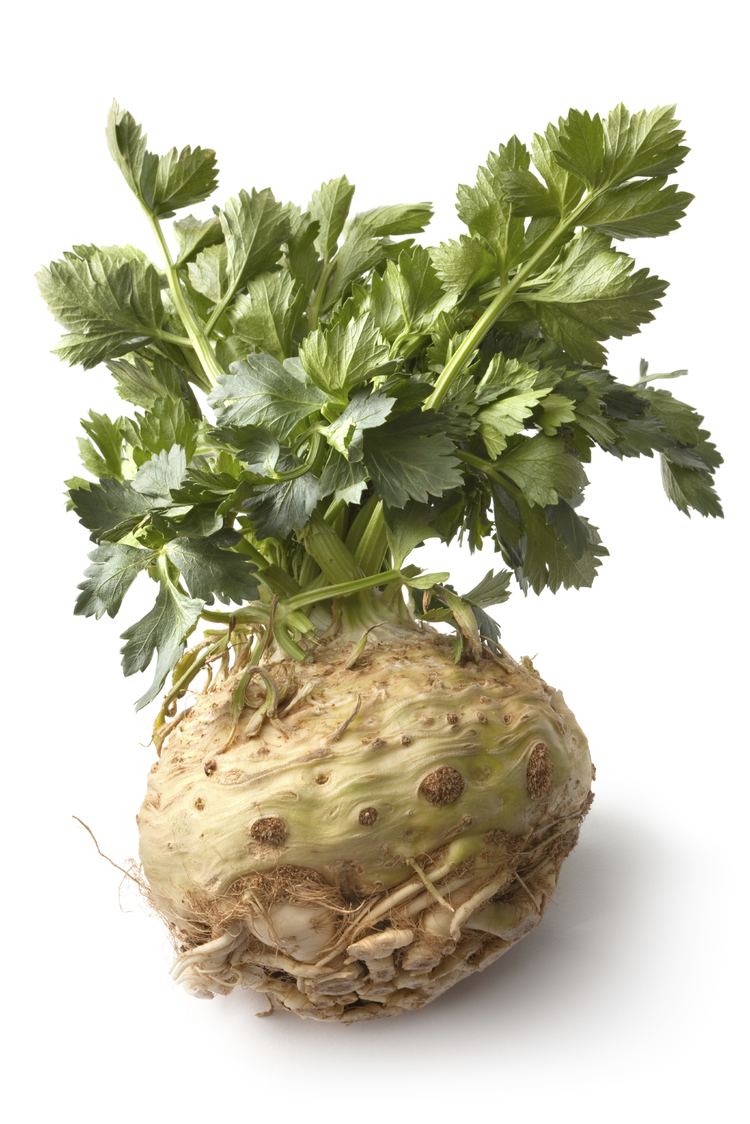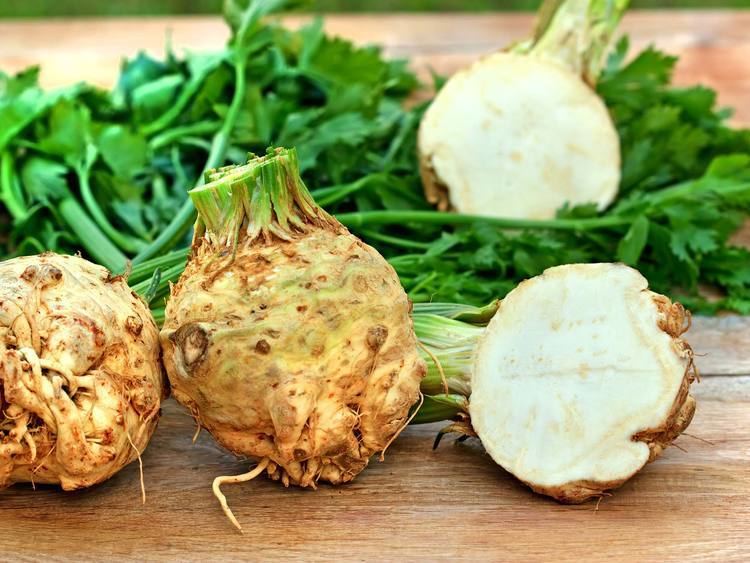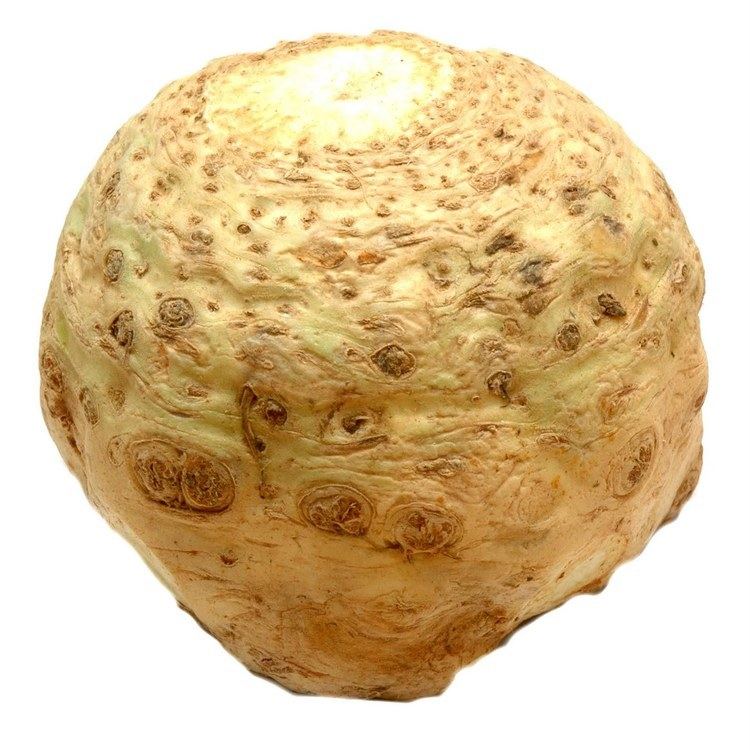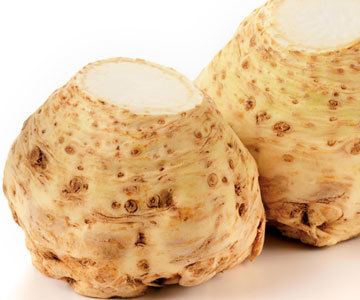Kingdom Plantae Family Apiaceae Species A. graveolens | Order Apiales Genus Apium Variety rapaceum | |
Similar Parsnip, Rutabaga, Leek, Turnip, Fennel | ||
Planting celeriac new holland t7 270 trike ferrari multipla 12 rij knolselderij planten
Celeriac (Apium graveolens var. rapaceum), also called turnip-rooted celery or knob celery, is a variety of celery cultivated for its edible roots, hypocotyl, and shoots. It is sometimes called celery root.
Contents
- Planting celeriac new holland t7 270 trike ferrari multipla 12 rij knolselderij planten
- Harvesting celeriac
- Culinary use
- References

It was mentioned in Homer's Odyssey as selinon.
Celeriac is a root vegetable with a bulbous hypocotyl. In the Mediterranean Basin and in Northern Europe, celeriac grows wild and is widely cultivated. It is also cultivated in North Africa, Siberia, Southwest Asia, and North America. In North America, the Diamant cultivar predominates. Celeriac originated in the Mediterranean Basin.

Harvesting celeriac
Culinary use

Typically, celeriac is harvested when its hypocotyl is 10–14 cm in diameter. However, a growing trend (specifically in Peruvian and South American cuisine) is to use the immature vegetable, valued for its intensity of flavour and tenderness overall. It is edible raw or cooked, and tastes similar to the stalks (the upper part of the stem) of common celery cultivars. Celeriac may be roasted, stewed, blanched, or mashed. Sliced celeriac occurs as an ingredient in soups, casseroles, and other savory dishes. The leaves and stems of the vegetable are quite flavoursome, and aesthetically delicate and vibrant, which has led to their use as a garnish in contemporary fine dining.
The shelf life of celeriac is approximately six to eight months if stored between 0 °C (32 °F) and 5 °C (41 °F), and not allowed to dry out. However, the vegetable will tend to rot through the centre if the finer stems surrounding the base are left attached. The freshness of the vegetable can be determined by viewing the hollowness of the vegetable; a fresh celeriac should not have a hollow centre. The freshness of the vegetable will also be obvious from the taste; the older the vegetable, the less potent the celery flavour.


